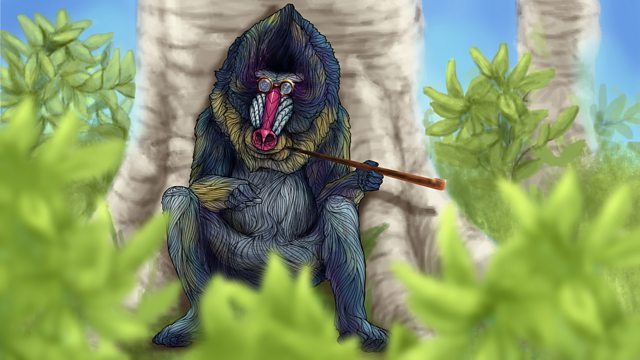
Hornbills
Brett Westwood explores how hornbills have influenced art, religion and feminism. Their bizarre looks, strange bereeding behaviour and carvable beaks have thrust them into society
Exotic and bizarre, hornbills wowed European society when the first live specimens arrived in the nineteenth century. Their almost human like walk combined with their unbelievable bills and strange calls presented an image of nature most Europeans had never encountered. When their odd breeding behaviour became known - the males seal up the female in a hole in a tree cavity so that only her beak can protrude for weeks on end - they became great curiosities.
The bill of the helmeted hornbill was particularly prized for carving the Japanese adornments - netsuke. Beautifully coloured, especially if reddened by the oil from a preen gland, the "ivory" became the most sought after material for Victorian display cabinets. Hornbill ivory is still so highly prized by the Chinese that the helmeted hornbill is on the verge of extinction; its bill fetches a higher price than elephant ivory.
However, in their Indonesian homeland they are seen as mythical creatures that guard the thin veil between life and death, ferrying souls between the earth and heaven. This sacred belief is now being used by modern conservationists to help protect them as they disappear at an alarming rate from the face of the earth. Because many of the Asian Hornbills nest in the largest trees, they are at greatest risk from loggers, legal or illegal, and therefore stand as flagship species for forest conservation in South East Asia.
Podcast
-
![]()
Natural Histories
Stories of nature鈥檚 impact on human culture and society through history.

